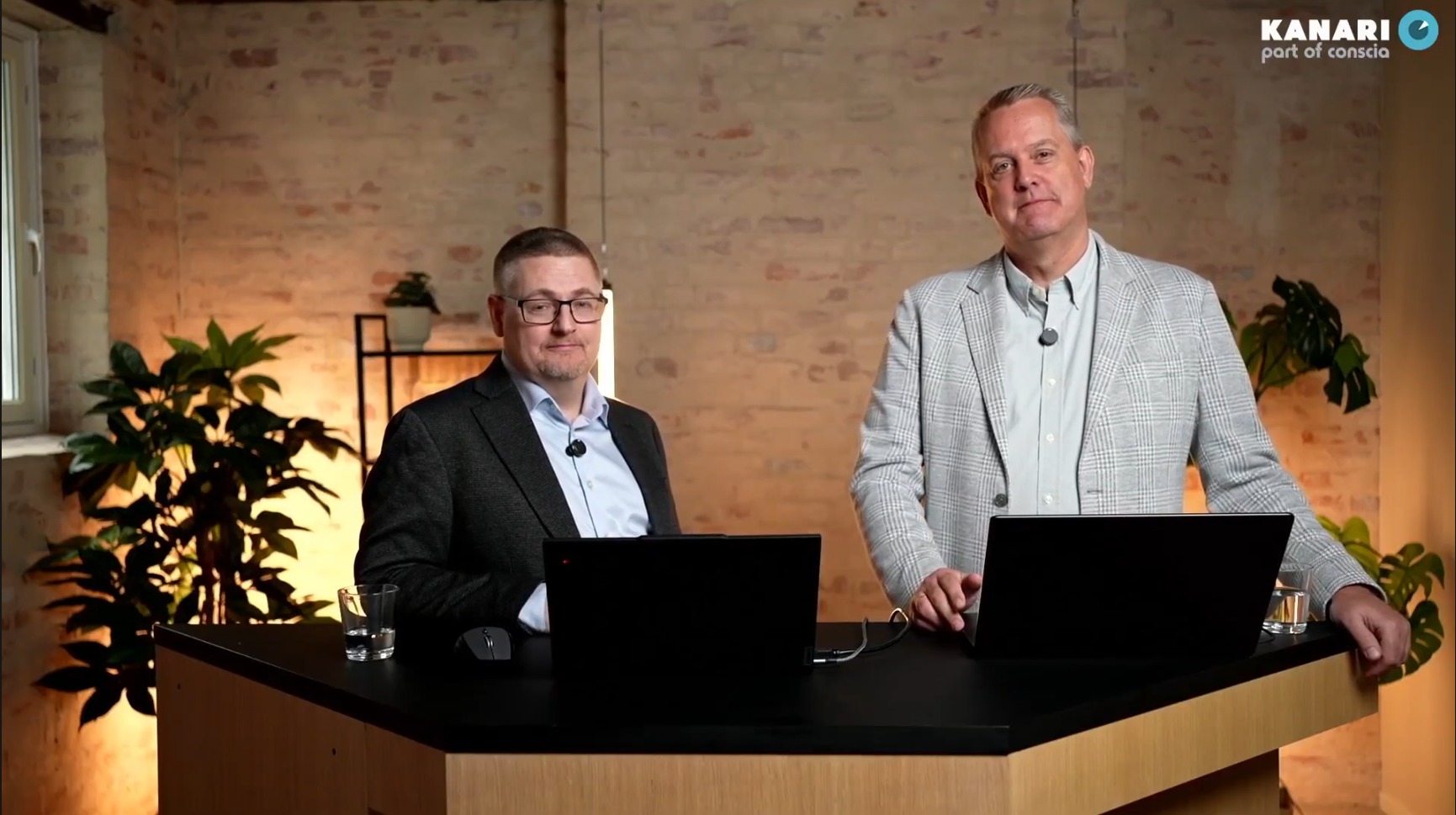The Challenges of Observability and Why Linking Silos Matters
In today’s complex digital landscape, observability has become essential for understanding, optimizing, and troubleshooting modern systems....
4 min read
Marius Ensrud : Apr 8, 2025 11:17:04 AM

You’re not alone. For many IT operations teams, OpenTelemetry has become just another tool in the drawer. It’s there—but it’s not doing much. The dashboards are half-empty, the alerts still noisy, and tracing? Let’s just say it’s “available,” but not exactly useful.
We see it all the time: organizations invest in observability, adopt the tools, tick the OpenTelemetry checkbox… and still struggle with the same blind spots, delays, and inefficiencies they had before.
Why? Because OpenTelemetry is a standard—not a solution.
At its core, OpenTelemetry aims to create a shared format and framework for collecting and exporting telemetry data from applications and infrastructure. It replaces the fragmentation of Zipkin, Jaeger, and proprietary agents with a more unified protocol. And that’s important. But it’s also just the beginning.
OpenTelemetry gets you the data—but not the value.
It’s broad, but not deep. It connects systems, but not teams. And it still requires time, knowledge, and effort to turn telemetry into something meaningful. Without that translation layer—the ability to correlate signals and act on them—it becomes just another pipe delivering more noise into your already noisy environment.
Think of OpenTelemetry like plumbing. You need it to get water from one room to another. But unless the taps are in the right places, and the people know how to use them, you’re not solving thirst—you’re just moving water.
For teams already stretched thin, the burden of “doing something” with OpenTelemetry often falls through the cracks.
IT operations teams face a tough balancing act. On the one hand, they're being told to do more with less. On the other, they're surrounded by tools that promise insight but deliver dashboards no one looks at.
Add OpenTelemetry to that mix, and you might expect things to get better. But without the time, resources, or mandate to fully re-instrument code or align with development teams, most ops teams end up with telemetry that’s technically in place—but practically invisible.
Here’s a real-world example: One public-sector organization we work with was struggling to trace slowdowns across a sprawling value chain of interconnected services. Each team had their own tools, and no one had the full picture. With applied observability and consistent tracing in place, they moved from finger-pointing to fast fixes—pinpointing delays down to the database layer, and reducing resolution time dramatically.
Standardization solves one kind of problem. Applied observability solves another: the one where people actually need to make decisions.
At Kanari, we believe observability isn’t about how many signals you collect. It’s about how effectively you connect them.
That’s the difference between implementing OpenTelemetry and applying it.
Applied observability is about identifying the signals that matter, across infrastructure, apps, and end-user experience. It’s about using partial data in smart ways. It’s about context—correlating across logs, metrics, and traces to surface actual insight. And, importantly, it’s about getting that insight to the right people—whether that’s IT Ops, DevOps, or the business.
It’s not always about new tooling. Sometimes it’s about better anchoring what you’ve already invested in.
💡What You Can Do—Even Without Perfect Coverage 💡
If your organization already “has OpenTelemetry,” but it’s not doing much for you, start here:
- Map your existing visibility
You probably have more data than you realize—start connecting it.
- Prioritize correlation over collection
You don’t need every trace—just the ones that help you answer real questions.
- Shift from dashboards to decisions
Who needs to know what—and when? Focus on value delivery, not vanity metrics.
- Accept "good enough" tracing
80% visibility in the right place can beat 100% coverage in the wrong one.OpenTelemetry is just a translator. If the message isn’t clear—or doesn’t get to the right person in time—what’s the point?
The value of observability isn’t the same for everyone. Developers, IT operations, and management each face their own version of the same problem: too much data, too little clarity.
Many developers are drowning in data—but still can’t see what matters. OpenTelemetry brings in telemetry signals, but how do you make them useful?
One way we’ve worked with teams to solve this is by defining consistent metadata tagging standards, ensuring telemetry is structured and usable across teams. We also lean on Site Reliability Engineering (SRE) principles to help design systems where telemetry is not just captured—but acted upon. Staying tool-independent helps ensure the real value lies in the structure and context of data, not just the platform used to gather it.
Downtime hurts. It costs money, frustrates users, and damages trust. Reducing Mean Time to Resolution (MTTR) isn’t just a metric—it’s a business outcome.
In our experience, even when OpenTelemetry is in place, many teams still struggle to act on the signals they receive. That’s often because the data isn’t structured—or prioritized—in a way that supports fast decisions. By putting in place lightweight telemetry frameworks early on, we’ve seen organizations streamline troubleshooting and free up teams to focus on long-term improvements.
💡 From Strategy to Everyday Impact: Making Observability Meaningful 💡
Turning observability strategy into something that works day to day can be challenging. Whether through long-term partnerships or focused guidance, we’ve supported organizations in:
- Running observability stacks efficiently and with minimal friction.
- Designing and optimizing OpenTelemetry implementations tailored to unique contexts.
- Aligning observability strategy with the broader goals of IT and the business.
We don’t chase perfect data. We chase value. Whether you're reducing downtime, improving digital experiences, or simply trying to connect the dots—our approach is always built around your needs, not ours.
OpenTelemetry matters. It’s fundamental. But it’s also shallow by design—just enough to work everywhere, not enough to work deeply.
To turn it into something that truly supports your IT operation, you need more than implementation. You need interpretation. That’s where applied observability comes in.
We don’t need more dashboards. We need the right insights at the right time—connected, contextual, and actionable.
And that’s not something you install. It’s something you build.

In today’s complex digital landscape, observability has become essential for understanding, optimizing, and troubleshooting modern systems....

“I’m not sure what’s wrong—it just crashes sometimes.”

Understanding the intent of the new regulation is key to compliance. Observability enables you to see what’s happening inside your systems in...